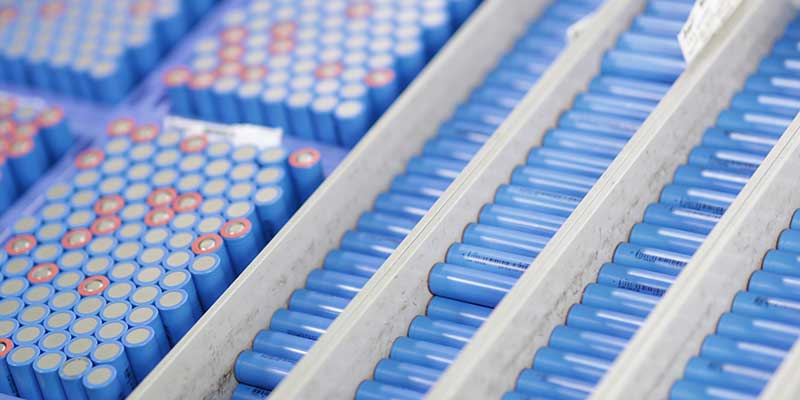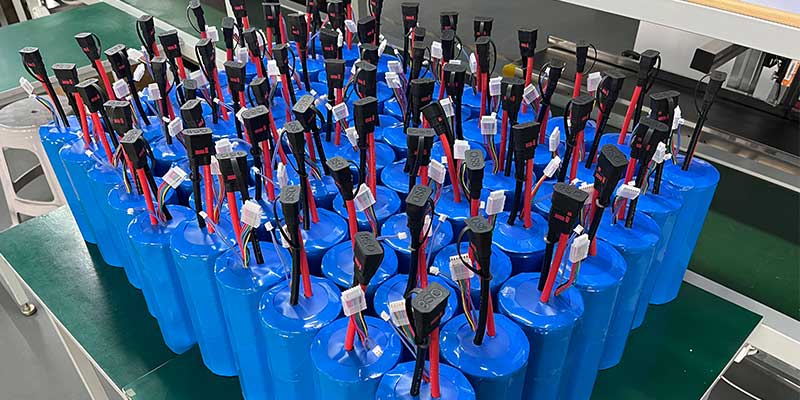Lithium battery recycling
Since the 1990s, the use of lithium battery has become more and more widespread.
Today, lithium-ion batteries are almost everywhere, from laptops, mobile phones to electric vehicles and energy storage devices. As a result, the number of discarded lithium-ion batteries has increased at an alarming rate. Some studies predict that by 2030, the global scrapped lithium-ion batteries will reach more than 11 million tons. At present, the recycling rate of waste lithium-ion batteries in the United States is less than 5%. If this problem cannot be effectively solved, it will have adverse effects on both the health of the people and the natural ecological environment.

Although the prospects are good, the current volume of scrapped lithium batteries is relatively “bleak”. Scrapped power batteries include not only ternary batteries, but also lithium iron phosphate batteries, lithium manganese oxide batteries, etc. Among them, the more popular ones are only the relatively high-value ternary batteries.
The service life of lithium batteries is generally about 8 years, and the lithium battery recycling market has not yet ushered in large-scale demand. At present, in the lithium battery recycling market, the main source of scrapped power batteries is still new energy vehicles before 2015, most of which are service vehicles such as buses and taxis, which is far from meeting the available production capacity.
At the same time, industry analysts pointed out that after the power batteries reach the service life, most of the “retired” lithium batteries have flowed into the stage of cascade utilization.



